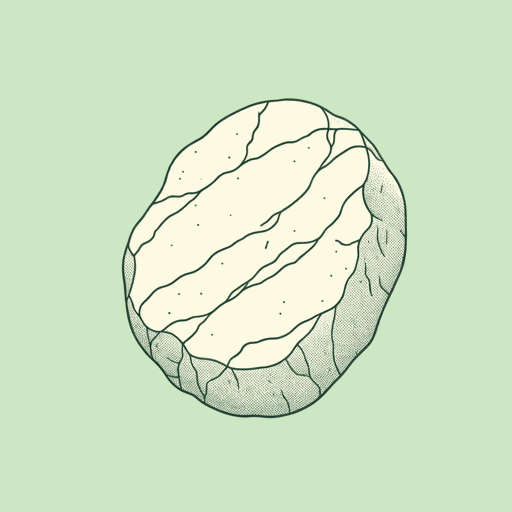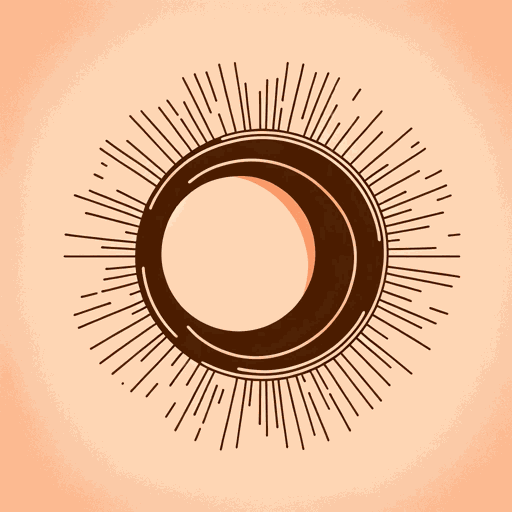43 pages • 1 hour read
Annie DillardThe Writing Life
Nonfiction | Autobiography / Memoir | Adult | Published in 1989A modern alternative to SparkNotes and CliffsNotes, SuperSummary offers high-quality Study Guides with detailed chapter summaries and analysis of major themes, characters, and more.
Important Quotes
“Soon you find yourself deep in new territory. Is it a dead end, or have you located the real subject? You will know tomorrow, or this time next year. You make the path boldly and follow it fearfully. You go where the path leads.”
(Chapter 1, Page 3)
Dillard opens the book with the line of words symbol leading a writer along the path of their story. The task can be frightening because the path can lead both to a “dead end” or a “real subject;” this is a duality she returns to often in relation to the infinite possibilities of writing. Although the writer may be afraid, Dillard implores them to have the courage to follow the path of the story wherever it may go. Dillard uses the second person “you” to place the reader as the subject so that the reader more intimately feels the uncertainty and excitement of writing.
“Sometimes the writer leaves his early chapters in place from gratitude; he cannot contemplate them or read them without feeling again the blessed relief that exalted him when the words first appeared—relief that he was writing anything at all. That beginning served to get him where he was going, after all; surely the reader needs it, too, as groundwork. But no.”
(Chapter 1, Page 6)
Dillard describes one of the delusions that can lead a writer to keeping their earliest passages even though the writing is poor and no longer serves the work as a whole. She warns against becoming too attached to these early passages because of a sense of gratitude as the readers will not see the weak work in the same light. The quotation explores the nostalgia for the feelings of those initial moments of writing, with an emphasis on relief that words of any sort are on the physical page and out of the writer’s head.
Related Titles
By Annie Dillard







